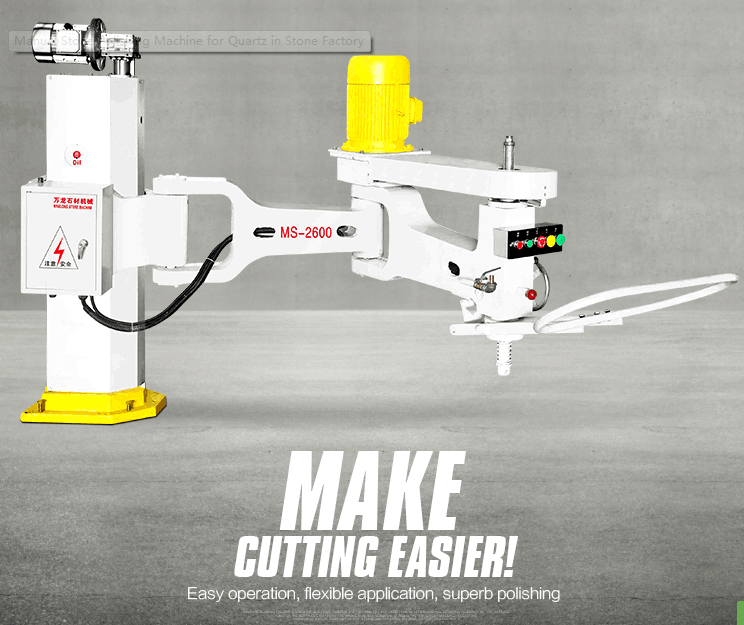THE POLISHING MACHINE
When it is time to purchase a mechanical polishing machine there are a number of questions that should be asked:
-
Are the operating functions simple to use?
-
Does the unit offer easy connector interchangeability?
-
Are the polishing platens easy to access?
-
Is there a pressure-setting feature?
-
Does the polishing motion attack the connectors from all sides equally?
-
Can the machine perform angle polishes?
-
Does the manufacturer have the capability to supply custom fixturing if needed?
-
Are the end results meeting and/or exceeding current end-face standards?

A quality production polisher will answer “yes” to all of these questions.
In detail, a manual polishing machine will have:
-
Timer–a settable timer allows a pre-defined timed sequence of operations techniques to be used. Timing has proven to be critical in obtaining connector performance specifications. A timer should have time settings ranging from 0 to 60 seconds.
-
Pressure setting device–a polishing machine must have adjustable pressure loading capability. Pressure combined with the hardness of the polishing surface will allow the machine to produce the connectors’ required end-face geometry. This device should have a setting tool that has clearly marked divisions of measurement.
-
Inter-changeability of connector holders–connector holders that can be removed quickly and easily offer increased output, less downtime and improved production. A machine that offers connector holders for all connector types adds flexibility to production.
-
Availability of connector holders–In evaluating the equipment, it is important to consider the available connector holders. It is important that the manufacturer has available holders for the standard connectors used around the world–SC, FC, ST–for both PC and APC configurations.
Also, the manufacturer should have the capability to provide a range of connector holders beyond the “standards” used–versatility in this area will minimize lost opportunities and maximize the ability to meet potential customer requests.
5. Removable Polishing Platens–polishing platens carry the polishing films that act upon the connector end-face. These should be easily removed and replaced. This minimizes contamination, increases connector output and maximizes polishing film life.
6. Polishing Motion–A key element of a high quality polishing system is the motion of the surface that performs the polishing. If the polishing action is not balanced evenly from all sides, connector performance will suffer and costs will increase because of rejected material and excessively rapid wear of the polishing films. To obtain consistent high quality results, the machine must provide an orbital polishing motion–a circular oscillation.
7. Can the Machine perform Angle Polishes– Though new polishing techniques, such as MPC (Maximum Physical Contact), allow PC finished connectors to achieve APC (Angled Physical Contact) results, the need to perform angle polishing is a must. Angle polishing (typically polished to 8°) is necessary when Backrelection readings of <–65dB are demanded.
A polisher should offer the option to polish connectors Flat, with a PC finish, or an APC finish. Different machines should not be purchased for different types of polishes. A quality polisher will have the capability to perform all types of polishing.
8. A ‘Recipe’ for meeting the standards–Standards for today’s connectors are stringent. It is important that the machine manufacturer provides, along with a good, preferably illustrated operation manual, specific polishing “recipes” for obtaining the connector specifications (described in the section below)–and, that you have open lines of communication with the manufacturer to keep you up to date in this developing technology.






